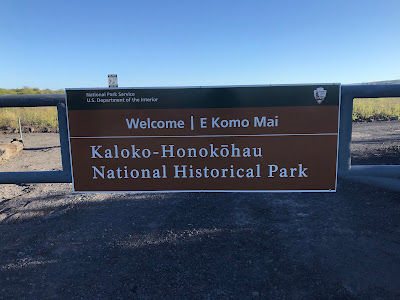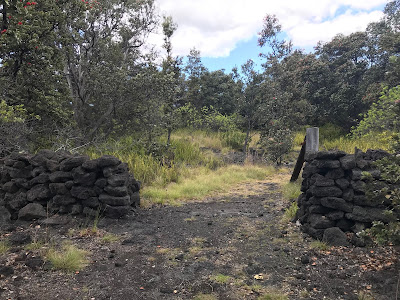Big Island, Hawaii was fantastic. We are already planning another trip in 2020.
Here are a few final thoughts and tips...
Here are a few final thoughts and tips...
- Join Costco -- the only one on the island is in Kona. If you plan to rent a house/condo and cook, this is by far the most cost-effective way to go. Buy your gas and food there.
- Buy and bring your own snorkeling equipment -- mask, snorkel, flippers -- or rent from Jack's Diving Locker in Kona (ask for multi-day rental price). Buy a rash guard shirt for snorkeling to protect against sunburn and abrasion on coral reefs.
- We rented an 8-passenger Suburban; if just 2-4 of us I would rent a 4-wheel drive jeep.
- I would re-visit all the places we visited and spend more time at Volcanoes National Park -- both units, more snorkeling, drive or hike to top of Mauna Kea, hike into rainforests at higher elevations. We missed North Kohala and the Puna District...I would spend time there.
- Practice a bit of the Hawaiian language, it is helpful and fun.
- If you stay in Kona, walk or drive to the Sheraton Hotel in the evening. You can sit on their outside deck and watch the sunset then look for manta rays as they are attracted to lights in the evening.
Night snorkeling to see manta rays. We watched from the Sheraton outdoor deck.
Below is a selection of the guides and brochures that we found most helpful. The book Hawaii: The Big Island Revealed is a must and the National Geographic map, likewise. The other brochures we picked up at the respective parks.

































































